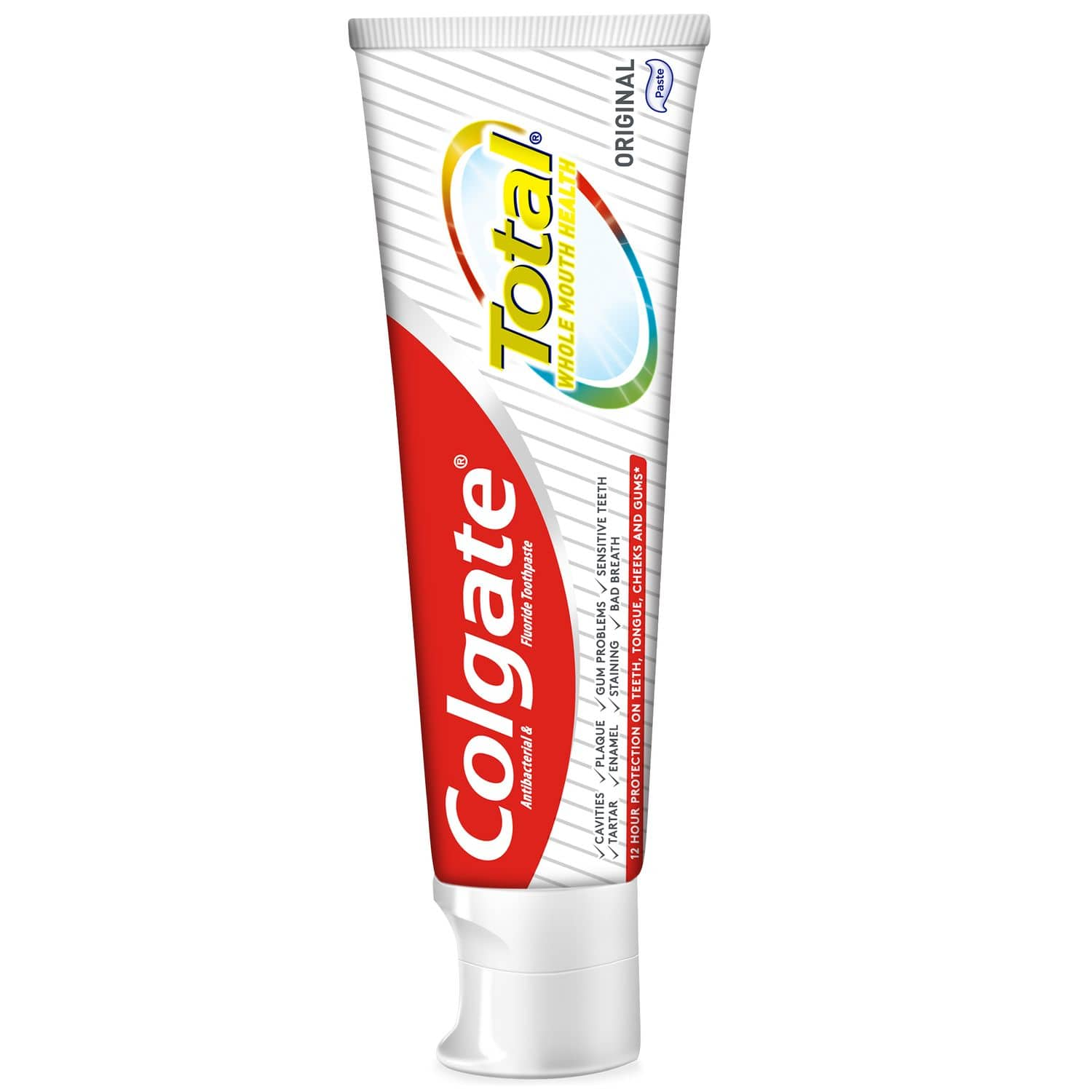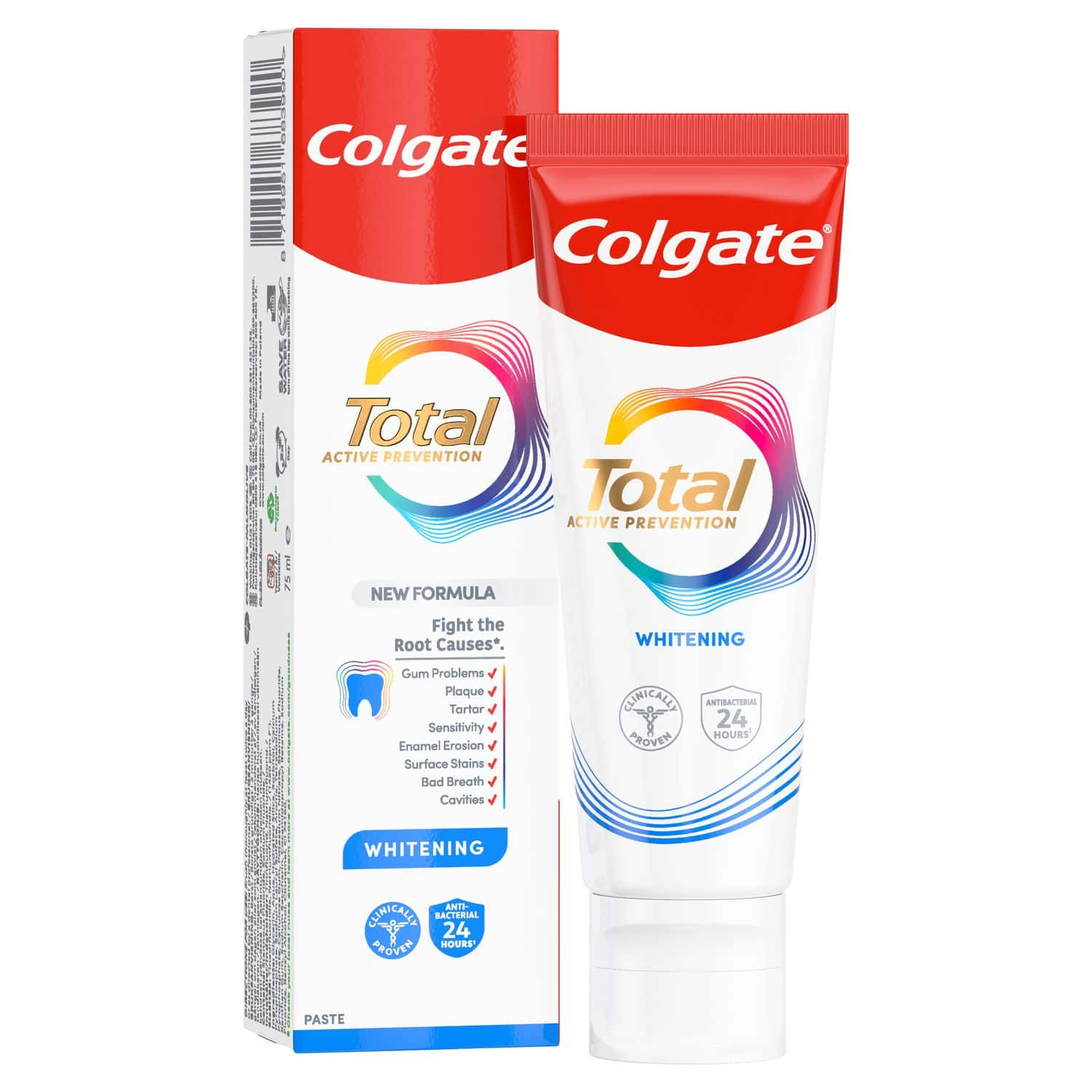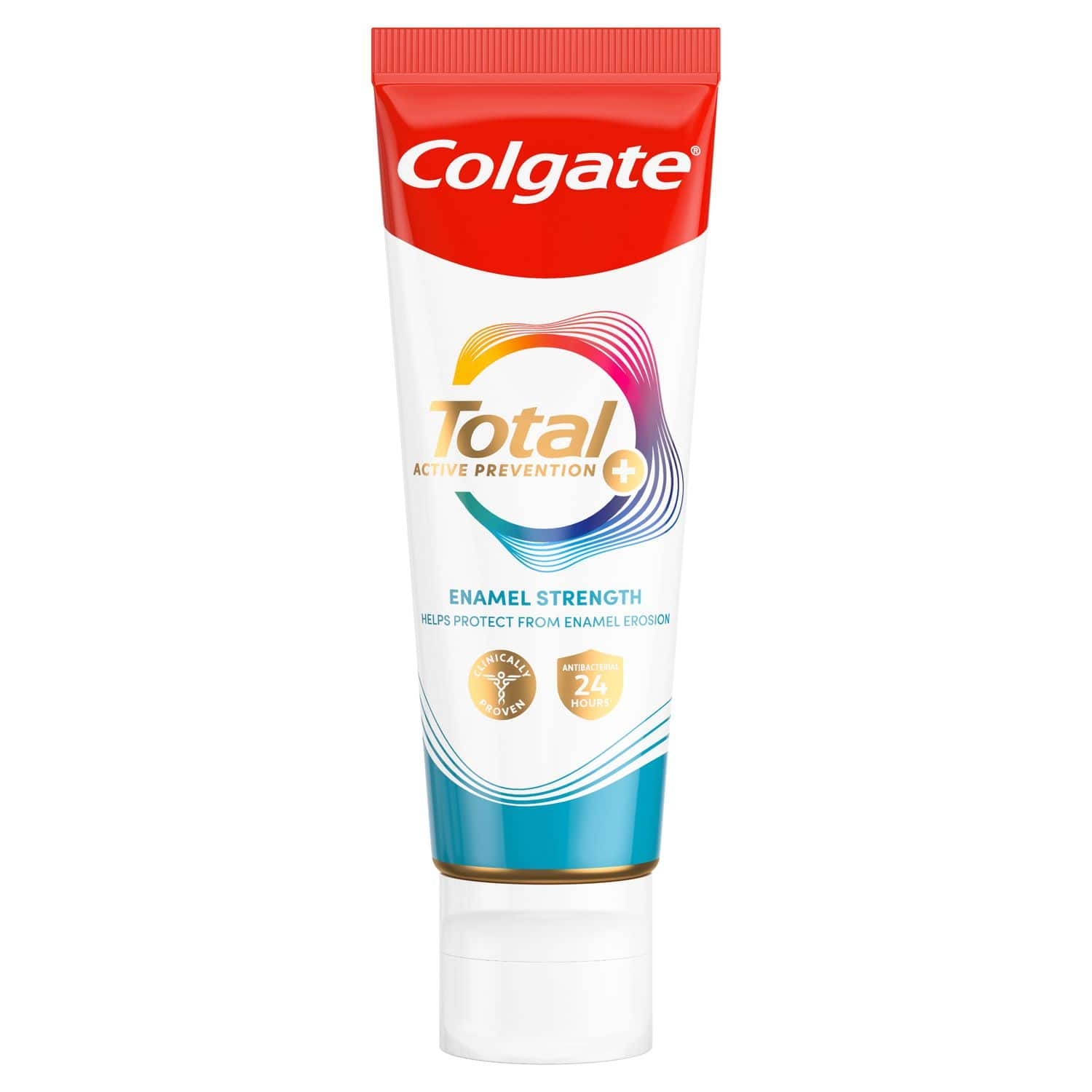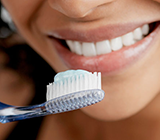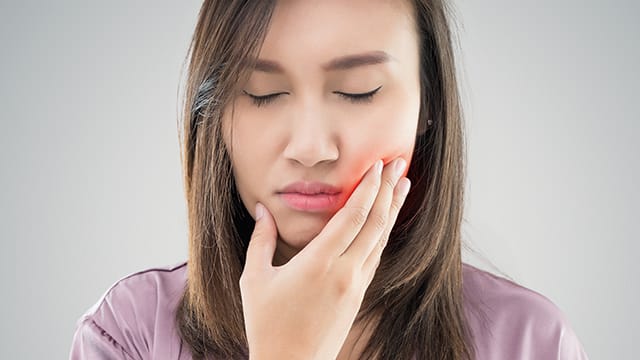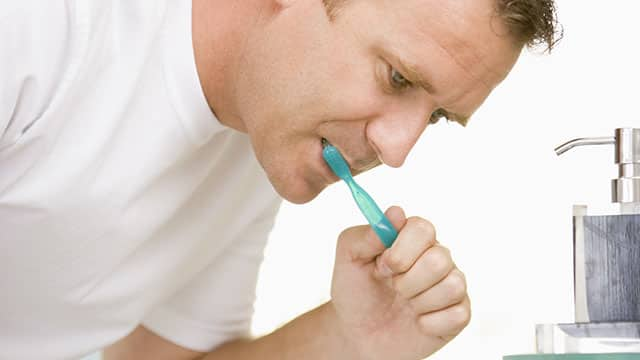Using at-home teeth whitening products may fit your budget and your busy schedule, but knowing exactly how whitening your teeth might lead to gum irritation or burnt gums is important to your oral health. Read on to learn how to recognise symptoms of gum irritation and how to treat burned gums from teeth whitening. Better yet, learn how to prevent burning your gums.
What causes gum irritation during whitening?
Over-the-counter tooth whitening products you can purchase include toothpaste and products with bleaching agents, such as whitening strips, gels, rinses, pens and gel trays.
Typically, whitening toothpaste contains little or no bleaching agents but helps brighten your teeth by scrubbing away stains. These kinds of toothpaste are less likely to irritate or burn the gums if they have no hydrogen peroxide. You might experience some irritation if you brush too hard, but the ingredients themselves are unlikely to cause a problem.
Usually, tooth whitening products with bleaching agents contain either hydrogen peroxide or carbamide peroxide. As mentioned by the British Dental Association, gum irritation and tooth sensitivity are the two common side effects when using peroxide-based teeth whiteners. Besides feeling a chemical burn, you may also notice inflammation or white spots on gums during the whitening process. However, if used correctly, the irritation is temporary and you shouldn’t experience the pain of a hydrogen peroxide burn.


Get glowing with Optic White® Renewal®
What you can do to soothe your gums
Let's say you're in the middle of a whitening treatment at home, you feel some irritation and think you may be experiencing a hydrogen peroxide burn, what can you do?
First, stop the treatment: Remove the teeth-whitening gum shield or the whitening product immediately. Don't wait until the burning gets worse!
Then, rinse your mouth: Rinsing with warm saltwater swishes away any lingering bleaching product and soothes the irritation.
As long as you stop the bleaching treatment quickly, the good news is that gum irritation usually resolves itself after a few days. If needed, over-the-counter painkillers can dull the irritation or burning feeling.
Home remedies for soothing burned gums
If the worst has happened and you feel the telltale signs of burned gums from teeth whitening, there are a few things you can try at home to relieve the pain and soothe your mouth.
- Hold a warm or cold compress (whichever feels more soothing) directly onto your gums. Wet a clean cloth with hot water (but not too hot!) or wrap a clean cloth around some ice for a cool relief.
- Rinse your mouth with salt water to reduce the inflammation in your mouth and get rid of any bacteria.
- Soak a teabag (either black or green tea) in boiling water, let it cool fully, and then apply it directly onto the burned area of your gum.
- Make a soothing herbal paste using either turmeric or clove powder. Mix the powder with water until it forms a paste then apply it directly onto the hydrogen peroxide burn. Rinse it off after a few minutes and be careful not to swallow it.
When to seek professional dental care for burned gums
If your burns seem severe, become inflamed, or you notice white spots on gums, it's a good idea to visit your dental surgery. By looking at the injury, your dentist can tell you if home care will be enough to treat the injury or if there are other options to relieve your injured gums.
If you have particularly sensitive teeth or gums, it’s always a good idea to consult your dentist before carrying out any teeth whitening treatments at home. They’ll be able to advise you on the products that will be most suitable for you to try.
Tips for maintaining white teeth without burning gums
People often wonder, ‘Does teeth whitening hurt?’ The truth is, if you follow some simple tips you should be able to whiten your teeth at home or the dentist without experiencing any pain or a hydrogen peroxide burn. Keep these tips in mind before you reach for the bleach:
- If you suffer from sensitive teeth or gums, speak to your dentist before you start any whitening treatments – they’ll be able to advise you on the best products to use to avoid any irritation.
- If you can afford to get a custom teeth whitening gum shield made by your dentist, this is always a better option. Your mouthguard will be made to fit perfectly over your teeth which will minimise the chances of bleach touching your gums.
- Use sensitive toothpaste for a few days before and after bleaching to minimise any irritation.
- Avoid acidic food and drinks for a few days before and after whitening – stay away from coffee, wine, fruit juice and fizzy drinks.
- Whether you choose to use trays, strips or a whitening pen, always follow the instructions included. Don’t be tempted to leave the product on for longer than advised.
- Once you’ve finished whitening, always use a damp tissue and wipe any excess product from your teeth and gums.
- While it may be tempting to whiten your teeth as often as possible, this is a surefire way to damage your tooth enamel and increase your chances of burned gums, sensitivity and tooth decay. Always follow the instructions on how often to use your teeth whitening products and stop using them if you’re suffering from burned gums or tooth sensitivity.
You might also consider using non-peroxide whitening products as some are marketed as containing only natural ingredients. However, these products might have their own side effects, including gum irritation, so always read the ingredients and follow the directions with care.
Store-bought teeth whiteners contain a much lower concentration of bleach than products used at your dental practice, so you might prefer to get professional teeth whitening. At the dentist, you're in a controlled setting with dental professionals taking every precaution to protect your teeth and gums, and they can monitor any irritation that occurs.
If you have no time for professional teeth whitening, at least ask your dentist for a custom-fitted teeth-whitening gum shield to use at home. You can also ask your dentist to demonstrate how to apply whitening gel to the tray properly.
We all want a dazzling white smile. But in getting that brilliant smile, you don't want your gums to burn from bleaching agents. Make sure you recognise when your gums are irritated so you can take steps to soothe your delicate gum tissue. Next time you whiten your teeth, take preventive measures so that when you smile, your teeth dazzle and your gums stay pink and healthy.
How to prevent burned gums from teeth whitening
Teeth whitening is generally safe, as long as you take a few precautions. Remember to:
- Read: Review all product directions carefully – and then follow them exactly as written.
- Wipe: If the whitening agent comes anywhere near your gums, wipe it off immediately with a soft, damp swab. This typically happens when using an ill-fitting, one-size-fits-all gel tray or applying too much gel.
- Pay attention: It's worth emphasising to keep the whitening agent on no longer than the manufacturer recommends. And rinse it off if at any time you feel discomfort.
- Heal: Give your gums a break. If you had to cut short your teeth whitening time because of gum irritation, please don't start the whitening process again until a few days after your gums have fully recovered.
You might also think about using non-peroxide whitening products on the market. Some are marketed as containing only natural ingredients. These products might have their own side effects, including gum irritation, so read the ingredients and directions with care.
Though consumer teeth whiteners contain much lower bleaching agent concentrations than products used at your dental practice, you might consider professional tooth whitening. At the dentist's, you're in a controlled setting with dental professionals taking every precaution to protect your teeth and gums. And they can monitor any irritation situation.
If you have no time for professional teeth whitening, at least ask your dentist for a custom-fitted gel tray to use at home. Also, ask your dentist to demonstrate how to apply whitening gel into the tray properly.
We all want a dazzling white smile. But in getting that brilliant smile, you don't want your gums to turn white (or red) from bleaching agents. Make sure you recognise when your gums are irritatingly burning so you can take steps to soothe your gingival tissue. Next time you whiten your teeth, take preventive measures so when you smile, your teeth dazzle and your gums look pink and healthy.
ORAL HEALTH QUIZ
What's behind your smile?
Take our Oral Health assessment to get the most from your oral care routine
ORAL HEALTH QUIZ
What's behind your smile?
Take our Oral Health assessment to get the most from your oral care routine
